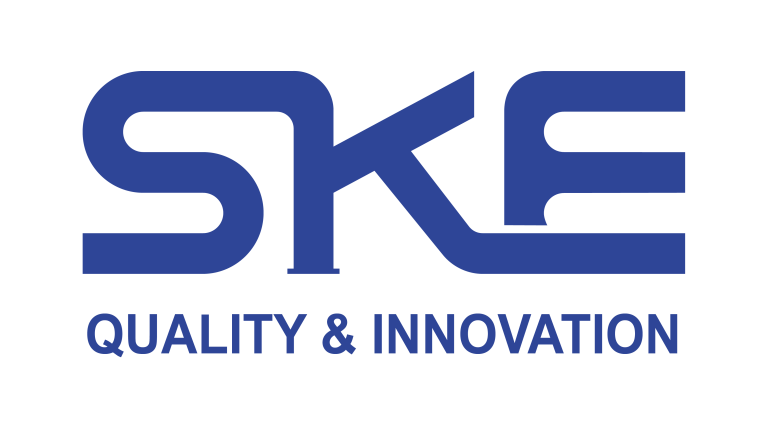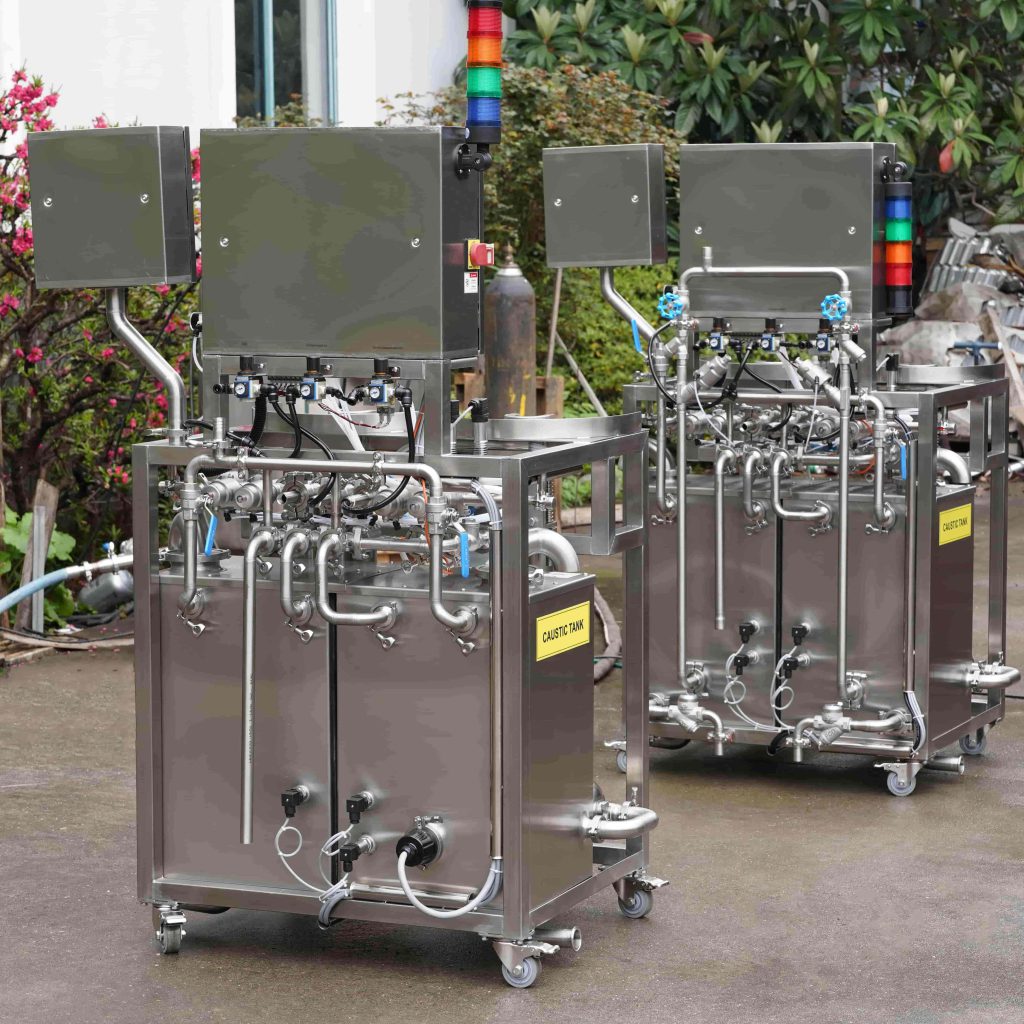Introduction

In the competitive world of craft brewing, efficiency is paramount. Every minute saved and every drop of beer preserved contributes to the bottom line, and directly impacts profit margins. Streamlining operations is crucial for breweries aiming to scale and maintain a competitive edge. One of the most time-consuming and labor-intensive tasks in a brewery is cleaning and sanitizing kegs. This is where an automatic keg washer becomes an indispensable asset. By automating the keg cleaning process, breweries can significantly reduce labor costs, increase throughput, and ensure consistent quality. This blog post will delve into the various aspects of automatic keg washers, exploring their benefits, features, and how they can revolutionize your brewery operations. Understanding these machines can help you make an informed decision when considering an upgrade.
The Importance of Efficient Keg Cleaning
Keg cleaning is not just about aesthetics; it’s about maintaining the integrity of your beer. Residual yeast, bacteria, and other contaminants can drastically affect the flavor and quality of your brew, leading to customer dissatisfaction and potential product recalls. Consistent quality is a hallmark of successful breweries. Manual keg cleaning is not only time-consuming but also prone to human error, which can lead to inconsistent results. An automatic keg washer ensures that every keg is thoroughly cleaned and sanitized, minimizing the risk of contamination and preserving the quality of your beer. This consistency in cleaning directly translates to consistency in the final product.
Benefits of an Automatic Keg Washer
Investing in an automatic keg washer offers numerous advantages:
- Increased Efficiency: Automating the cleaning process significantly reduces the time and labor required to clean kegs. This allows brewery staff to focus on other critical tasks, such as brewing and quality control.
- Consistent Quality: Standardized cleaning cycles ensure that every keg is cleaned to the same high standard, eliminating inconsistencies. This consistency helps maintain the beer’s intended flavor profile and prevents variations that could disappoint customers.
- Reduced Labor Costs: By automating the process, breweries can reduce their reliance on manual labor, leading to significant cost savings. These savings can be reinvested into other areas of the brewery, such as marketing or equipment upgrades.
- Improved Hygiene: Automatic washers use high-pressure jets and sanitizing solutions to thoroughly clean and sanitize kegs, minimizing the risk of contamination. This helps ensure that the beer remains safe and free from harmful microorganisms.
- Increased Throughput: Faster cleaning cycles allow breweries to process more kegs in less time, increasing overall production capacity. This increased capacity can help breweries meet growing demand and expand their market reach.
- Water and Chemical Savings: Modern automatic keg washers are designed to optimize water and chemical usage, reducing waste and minimizing environmental impact. This also contributes to lower operating costs and a more sustainable brewery.
Key Features of an Automatic Keg Washer
When choosing an automatic keg washer, consider the following features:
Cleaning Cycles and Customization
- Look for washers with multiple cleaning cycles to accommodate different levels of soiling. This flexibility allows you to handle both lightly used and heavily soiled kegs effectively.
- Customizable settings allow you to adjust cleaning parameters such as time, temperature, and pressure. This ensures that you can tailor the cleaning process to your specific needs and the types of beer you produce.
High-Pressure Cleaning Jets
- Powerful jets ensure thorough cleaning of the keg’s interior, removing even the most stubborn residues. The effectiveness of these jets is crucial for eliminating biofilms and other contaminants.
- Rotating jets provide comprehensive coverage, ensuring that all surfaces are cleaned. This eliminates dead zones and ensures that every part of the keg is thoroughly sanitized.
Sanitization and Sterilization
- Integrated sanitization systems use steam or chemical solutions to eliminate bacteria and other contaminants. The choice of sanitization method depends on your brewery’s preferences and regulatory requirements.
- Ensure the washer can reach and maintain the necessary temperatures for effective sterilization. Consistent temperature control is vital for killing all harmful microorganisms.
Water and Chemical Management
- Efficient water and chemical usage reduces waste and operating costs. Modern machines are designed to minimize consumption without sacrificing cleaning effectiveness.
- Recirculation systems can further minimize water consumption. These systems recycle cleaning solutions and rinse water, reducing overall usage.
Automation and Control
- Programmable logic controllers (PLCs) provide precise control over cleaning cycles and parameters. This allows for consistent and repeatable cleaning results.
- User-friendly interfaces make it easy to operate and monitor the washer. Intuitive controls reduce the learning curve and minimize the risk of operator error.
Durability and Maintenance
- Stainless steel construction ensures durability and longevity. This material is resistant to corrosion and can withstand the harsh conditions of a brewery environment.
- Easy access for maintenance and cleaning minimizes downtime. Regular maintenance is essential for keeping the machine in optimal condition and preventing costly breakdowns.
How an Automatic Keg Washer Works
An automatic keg washer typically operates through a series of stages:
- Pre-Rinse: Removes loose debris and residual beer. This initial step helps to prevent clogging and ensures that the cleaning solutions can effectively reach all surfaces.
- Cleaning: High-pressure jets and cleaning solutions remove stubborn residues. This stage is crucial for eliminating biofilms and other contaminants that can affect beer quality.
- Rinse: Removes cleaning solutions and any remaining debris. Thorough rinsing is essential for preventing chemical residues from affecting the beer’s flavor.
- Sanitization: Steam or chemical solutions eliminate bacteria and contaminants. This step ensures that the keg is sterile and ready for refilling.
- Purge: Removes any remaining liquids and prepares the keg for refilling. This final step ensures that the keg is dry and ready to receive fresh beer.
Choosing the Right Automatic Keg Washer for Your Brewery
Selecting the right automatic keg washer depends on your brewery’s specific needs and production volume. Consider the following factors:
- Production Volume: Choose a washer with sufficient capacity to meet your daily or weekly keg cleaning requirements. Overestimating your needs can lead to unnecessary expenses, while underestimating can result in bottlenecks.
- Keg Size and Type: Ensure the washer can accommodate the sizes and types of kegs you use. Some washers are designed for specific keg types, while others can handle a variety of sizes.
- Available Space: Consider the physical dimensions of the washer and ensure it fits within your brewery layout. Space constraints can limit your options, so careful planning is essential.
- Budget: Determine your budget and compare different models to find the best value. Balancing cost and features is crucial for making a sound investment.
- Technical Support and Maintenance: Choose a supplier that offers reliable technical support and maintenance services. Prompt support can minimize downtime and ensure that your washer operates smoothly.
Example of Keg Washer Cycle Data.
Below is an example of typical cycle information for an automatic keg washer.
| Cycle Stage | Duration (Seconds) | Temperature (Celsius) | Solution |
|---|---|---|---|
| Pre-Rinse | 60 | 20 | Water |
| Cleaning | 120 | 60 | Caustic |
| Rinse | 90 | 20 | Water |
| Sanitization | 60 | 85 | Steam |
| Purge | 30 | Ambient | Air |
Integrating an Automatic Keg Washer into Your Brewery Operations

Integrating an automatic keg washer into your brewery operations requires careful planning and consideration. Here are some key steps:
- Assess Your Needs: Determine your keg cleaning requirements and choose a washer that meets those needs. Conducting a thorough analysis of your current cleaning process can help you identify areas for improvement.
- Plan Your Layout: Design your brewery layout to accommodate the washer and ensure efficient workflow. Optimizing the layout can minimize bottlenecks and improve overall efficiency.
- Install Utilities: Ensure you have the necessary utilities, such as water, electricity, and drainage, to support the washer. Proper utility connections are essential for safe and efficient operation.
- Train Your Staff: Provide proper training to your staff on how to operate and maintain the washer. Thorough training can prevent errors and ensure that the machine is used correctly.
- Establish Maintenance Schedules: Implement regular maintenance schedules to ensure the washer operates efficiently. Proactive maintenance can prevent costly breakdowns and extend the machine’s lifespan.
Conclusion
An automatic keg washer is a valuable investment for any brewery looking to improve efficiency, maintain quality, and reduce costs. By automating the keg cleaning process, breweries can focus on what they do best: brewing great beer. Investing in the correct automatic keg washer will help your brewery boost its overall efficiency, and create a better more consistent product.
FAQ
What are the benefits of an automatic keg washer?
Increased efficiency, consistent quality, reduced labor costs, improved hygiene, increased throughput, and water and chemical savings. These benefits contribute to a more profitable and sustainable brewery.
How does an automatic keg washer work?
It operates through a series of stages, including pre-rinse, cleaning, rinse, sanitization, and purge. Each stage is designed to remove contaminants and prepare the keg for refilling.
What factors should I consider when choosing an automatic keg washer?
Production volume, keg size and type, available space, budget, and technical support. These factors will help you select a washer that meets your specific needs.

